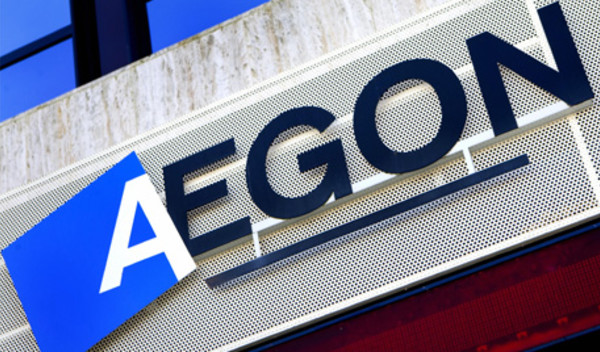

Five years of volatility could lead to a decade of lost income for the first retirees to take advantage of pension freedoms, if market conditions continue on the same trajectory.
Analysis commissioned by Aegon and carried out by eValue found volatile markets could have wiped two years of retirement income off the savings pots of those entering drawdown last spring.
A safe level of sustainable income for a 65 year old retiree with a £250,000 pot is £6,325 -equivalent to an income rate of 2.53 per cent - according to the research.
But those retirees taking advantage of the reforms last April have faced a 12 per cent fall in the FTSE 100 and paltry returns on cash deposits.
A person investing in a fund with a risk rating of four - a relatively equal investment mix of bonds, domestic and overseas equities and some property - would have seen their fund value fall by 1.8 per cent over the past 12 months.
This means a 65 year old retiree with a £250,000 pot - who was advised to take a sustainable retirement income rate of 2.53 per cent per annum at the time - would now have to adjust this down to 2.44 per cent, or risk running out of money up to two years earlier than expected.
For a pot of this size, an annual income of £6,325 would need to fall to £6,092 to have a near certain chance of lasting someone 30 years.
But Steve Danson, chartered financial planner at Brinscall-based Banks Wealth, said Aegon’s estimates “are very cautious”.
He said those clients with an income requirement level to, or greater than, an equivalent annuity need to be mindful of the effects of pound cost ravaging - the compounding negative effect on the fund when taking income at the same time that the markets are falling.
Guaranteed income products like annuities - which saw sales plummet after the chancellor announced in his 2014 Budget “no-one will have to buy an annuity”- are one solution to this, Mr Danson said.
But he added that best defence is for clients to “be prepared and flexible with their income requirements when markets are falling, as they undoubtedly will, during a person’s retirement”.
Fig 1. Sustainable retirement income at April 2015
Source: eValue 2016
Investment | Sustainable Income |
Risk Rating 4 | 2.53% |
Fig 2. Sustainable retirement income at April 2016
Source: eValue 2016
Investment | Sustainable Income |
Risk Rating 4 | 2.44% |
Figures from the Association of British Insurers recently suggested there is still a demand for guaranteed income solutions like annuities - as opposed drawdown - in the wake of recent market turbulence.
Across the fourth quarter of last year, 21,200 annuities were sold - worth £1.1bn - compared with 19,700 drawdown policies - worth £1.4bn.
Barry Cudmore, Aegon’s guarantee solutions spokesperson, said: “It’s absolutely vital people have a grasp of the impact that the markets can have on retirees’ income levels and their chances of running out of income later in life.
“Advisers have a really important role to play in helping people understand their options at retirement whether they choose drawdown or a guaranteed option. For those who want flexibility and to keep their money invested, but don’t want to be exposed to the downside risks of market exposure, there are solutions available.”
ruth.gillbe@ft.com



